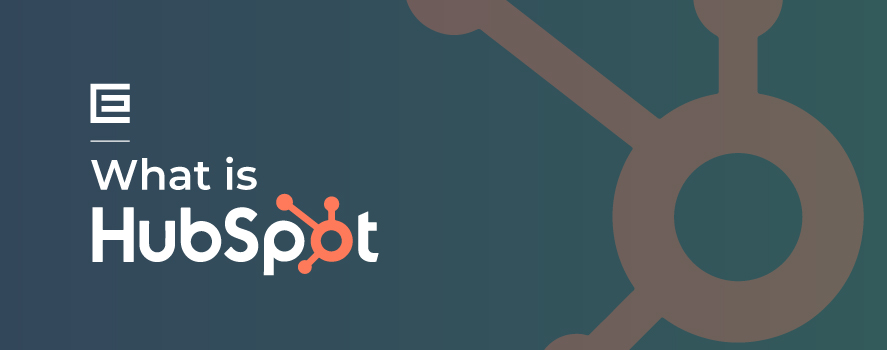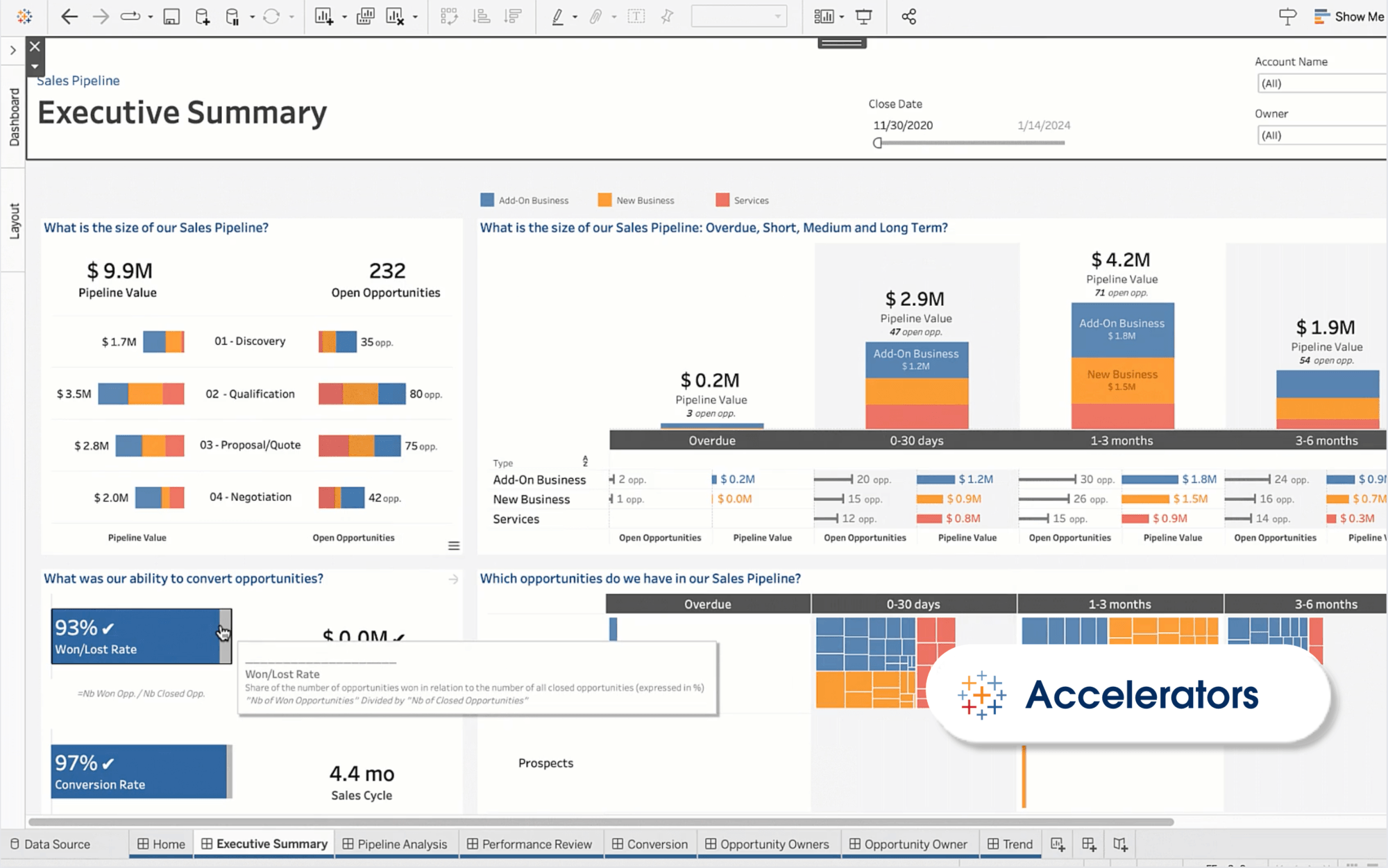Utilizing Data Analytics to Measure and Enhance Brand Engagement Tactics
Meta Description: Discover how to leverage data analytics to measure and enhance your brand engagement tactics. This comprehensive guide offers metrics, tools, and actionable insights to improve your strategies and drive customer loyalty.
In today's competitive market, the ability to engage your audience effectively can make or break your brand's success. Utilizing data analytics to measure and enhance brand engagement tactics is a strategy that many marketers and business leaders are starting to embrace. As someone with over 5 years of experience in SEO, I have assisted more than 20 companies in optimizing their digital strategies. This blog post delves into powerful insights supported by data analytics, ensuring your brand doesn’t just attract attention but also fosters meaningful customer relationships.
Understanding Brand Engagement Metrics
What is Brand Engagement?
Brand engagement refers to the emotional and psychological connections that customers develop with a brand. It encompasses customer feedback, brand perception, and interactions that create loyalty and trust. To effectively measure engagement, businesses need to track specific metrics that directly correlate with customer interests and behavior.
Key Metrics to Measure Brand Engagement
To understand how your brand is performing and to identify possible areas of improvement, it’s imperative to track the following key metrics:
| Metric | Description | Statistical Benchmark/Goal |
|---|---|---|
| Customer Lifetime Value (CLV) | Represents the total revenue a business can expect from a customer over their lifetime. | Aim for a CLV increasing by 10-30% annually. |
| Net Promoter Score (NPS) | Measures customer loyalty and satisfaction based on the likelihood of a customer recommending your product. | A score above 50 is considered good; above 70 is excellent. |
| Engagement Rate | Comprising likes, shares, and comments across social media platforms, this metric reflects the effectiveness of your content in engaging users. | Average engagement rate is typically 1-3%. |
| Click-Through Rate (CTR) | Indicates the percentage of users who click on your content compared to those who view it, showing the effectiveness of your messaging and calls to action. | A healthy CTR varies by industry but typically ranges from 2-5%. |
Data Analytics Tools and Techniques
Essential Tools for Brand Engagement
Leveraging data analytics requires the right tools to gather and interpret information effectively. Here are some essential tools you can use:
Google Analytics: A powerful platform that offers insights into website traffic, user behavior, and engagement patterns, enabling businesses to tailor their strategies.

Visit Google AnalyticsHubSpot: A robust marketing platform that helps manage campaigns and provides analytics to understand how customers interact with your content.

Visit HubSpotTableau: Known for its data visualization capabilities, Tableau helps in creating easy-to-understand visual reports that can highlight trends in customer engagement.

Visit Tableau
Advanced Techniques in Data Analytics
Utilizing advanced analytics techniques can significantly enhance your brand engagement efforts:
Sentiment Analysis: Understanding customer sentiments through social media listening tools helps brands gauge perceptions and adjust strategies accordingly.
Predictive Analytics: This enables businesses to predict future customer behavior based on historical data, allowing for proactive engagement strategies.
Effective Dashboard Implementation
Setting up an intuitive dashboard to track these metrics over time enables continuous improvement of your engagement strategies. Consider including visuals to illustrate trends and benchmarks clearly, making it easier for your team to understand data-driven insights.
Case Studies and Real-World Examples
To truly grasp the impact of data analytics on brand engagement tactics, let's explore a few noteworthy examples:
Nike’s Personalized Marketing Strategy
One of the standout cases is Nike, which harnessed customer data from their app to personalize marketing campaigns. By analyzing user preferences, purchase history, and workout data, Nike successfully improved customer engagement, reporting a remarkable 30% increase in customer retention rates as a direct result of their data-driven outreach.
Starbucks’ Customer Feedback
Starbucks employs customer feedback and engagement data to inform their product development. By analyzing comments and ratings from their app users, they created products that better align with customer preferences, resulting in enhanced engagement and loyalty.
The Role of A/B Testing and Experimentation
Importance of A/B Testing
A/B testing allows brands to compare two versions of a marketing asset to determine which one performs better concerning customer engagement. This kind of experimentation can lead to significant improvements in strategy.
For instance, a retailer might test two different email subject lines to see which one yields a higher open rate. This analytical approach can lead to critical insights on what resonates with your audience, fueling future engagement strategies.
Impact of Personalization on Brand Engagement
The Power of Personalization
Personalized marketing has proven to have a considerable impact on engagement rates. Research indicates that companies using personalized marketing report a conversion rate six times higher than those that do not.
Take Amazon's recommendation engine as a classic example; by leveraging customer buying history and preferences, it enhances customer experience through personalized suggestions, ultimately resulting in increased upselling success.
Data Privacy and Ethical Considerations
Navigating Data Privacy
While utilizing data analytics is imperative, awareness of consumer privacy is crucial. Adherence to regulations like GDPR and CCPA is essential in building and maintaining customer trust. Brands must collect data ethically and transparently, providing customers with a clear understanding of how their information is being utilized.
Consider using anonymized data and engaging customers in surveys for feedback as ethical data collection methods. By maintaining transparency, brands can foster trust and encourage higher engagement.
Emerging Trends in Data Analytics
Future-Proofing Your Strategy
Emerging technologies like AI, machine learning, and big data analytics are continuously reshaping the landscape of data analytics in marketing. Brands utilizing social listening tools to gauge consumer sentiments and adapt engagement efforts accordingly are likely to outperform their competitors.
Keeping an eye on these trends ensures your engagement tactics are cutting-edge and responsive to dynamic market behaviors.
Actionable Tips and Best Practices
To optimize your engagement strategies and implementation of data analytics, consider these actionable insights:
Regularly Review Your Data: Implement a weekly or monthly review of key metrics to stay informed about your brand engagement levels and adjust your strategies accordingly.
Develop Customer Personas: Utilize data to create detailed customer personas, allowing for tailored marketing approaches that resonate with different segments of your audience.
Create Data-Driven Campaigns: Design marketing campaigns based on insights drawn from analytics to ensure they align with customer preferences and behaviors.
Conclusion
By utilizing data analytics to measure and enhance brand engagement tactics, businesses can not only improve their marketing strategies but also foster lasting customer relationships. The insights gained from analytics empower brands to create targeted, innovative, and ethical engagement tactics that resonate with their audiences, ultimately leading to greater customer loyalty and satisfaction.
For more actionable insights on leveraging data analytics in your marketing strategies, don't hesitate to explore more content on our platform or sign up for our newsletter to keep up to date with the latest strategies in digital marketing.
